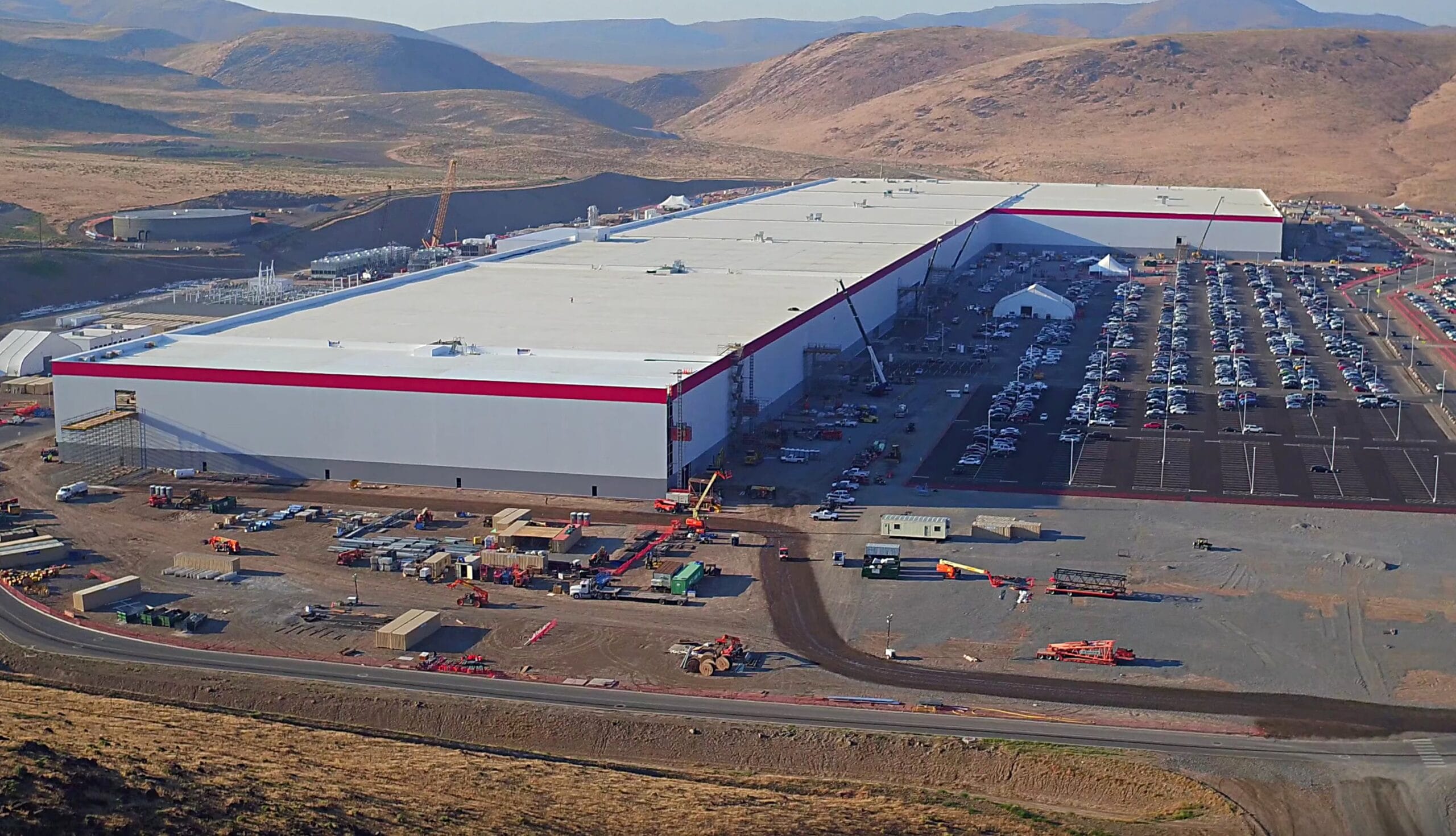Tesla, the prominent electric vehicle manufacturer, has recently reported a decline in vehicle deliveries for the year 2024, marking a notable shift in the company’s trajectory. This decline is particularly significant as it represents the first time in years that Tesla has experienced a decrease in annual vehicle deliveries. The company has attributed this downturn to a variety of factors, including changing market conditions, ongoing supply chain challenges, and increased competition within the electric vehicle sector.
In 2023, Tesla had achieved record-high deliveries, fueled by strong demand for its Model 3 and Model Y vehicles. However, the landscape for electric vehicles has become increasingly competitive, with numerous automakers entering the market and offering a wider range of electric options. This influx of competition has led to a more challenging environment for Tesla, which has long been a leader in the electric vehicle space.
One of the primary factors contributing to the decline in deliveries is the ongoing supply chain issues that have plagued the automotive industry in recent years. Despite efforts to stabilize production, Tesla has faced challenges in sourcing essential components, particularly semiconductors, which have been in short supply globally. These supply chain disruptions have impacted Tesla’s ability to meet consumer demand, resulting in fewer vehicles being delivered than anticipated.
Additionally, the economic landscape has shifted, with rising inflation and interest rates affecting consumer purchasing power. Many potential buyers may be reconsidering their vehicle purchases in light of these economic pressures, leading to a slowdown in demand for new vehicles, including electric models. Tesla has acknowledged these market dynamics and is actively working to adapt its strategies to address the changing environment.
In response to the decline in deliveries, Tesla has been exploring various initiatives to stimulate demand and improve its market position. The company has ramped up its marketing efforts, highlighting the benefits of electric vehicles and the advancements in its technology. Furthermore, Tesla is focusing on expanding its production capabilities and enhancing its supply chain resilience to mitigate future disruptions.
Despite the challenges, Tesla remains committed to its long-term vision of accelerating the world’s transition to sustainable energy. The company is continuing to invest in research and development, aiming to introduce new models and improve existing ones. This includes the highly anticipated Cybertruck, which is expected to enter production soon and could play a crucial role in revitalizing demand for Tesla vehicles.
Moreover, Tesla’s global expansion efforts are ongoing, with plans to increase its presence in international markets. The company is actively working to establish new manufacturing facilities in various regions, which could help alleviate some of the supply chain pressures it has faced. By diversifying its production capabilities, Tesla aims to better serve its customers and enhance its competitive position in the global electric vehicle market.
As Tesla navigates these challenges, it is also closely monitoring the regulatory landscape, particularly in regions where electric vehicle incentives and policies are evolving. The company is committed to maintaining compliance with changing regulations while advocating for policies that support the growth of the electric vehicle industry.
In conclusion, Tesla’s announcement of fewer vehicle deliveries in 2024 marks a pivotal moment for the company, as it confronts a range of challenges in a rapidly changing market. While the decline is significant, Tesla’s proactive approach to addressing supply chain issues, enhancing production capabilities, and expanding its global footprint suggests that the company is determined to adapt and thrive in the face of adversity. As the electric vehicle market continues to evolve, Tesla’s ability to navigate these challenges will be critical to its future success.



